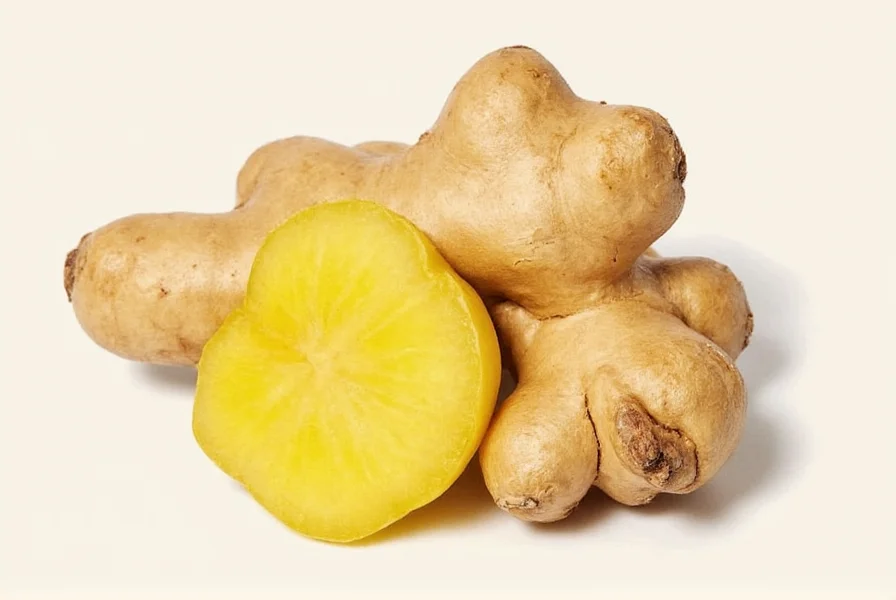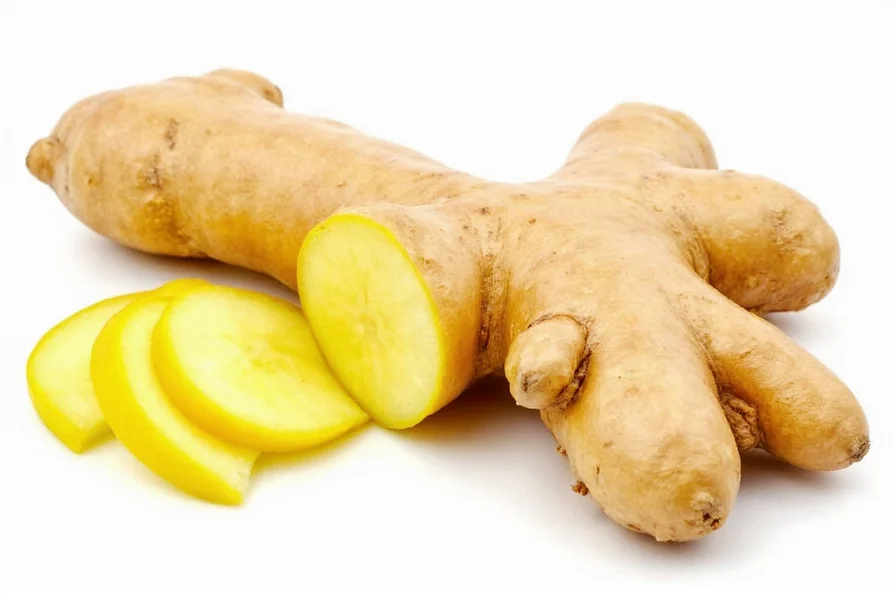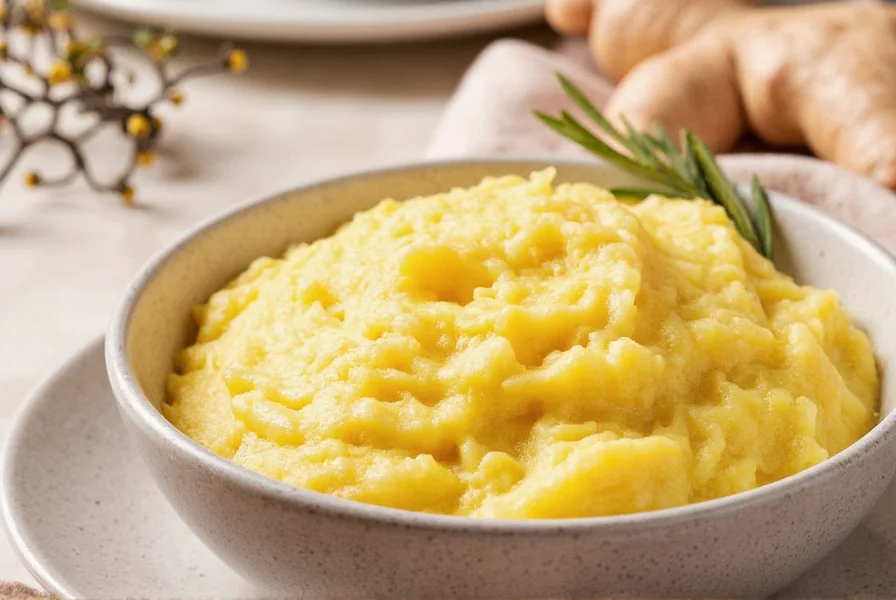The best ginger replacements depend on your specific recipe and dietary needs. For most savory dishes, galangal provides the closest flavor profile. In baking, a combination of 1/4 teaspoon cinnamon and 1/8 teaspoon cloves effectively mimics ginger's warmth. Ground ginger (use 1/4 the amount of fresh) works when fresh isn't available. For those avoiding spice, mace offers similar warmth without the heat. Always adjust quantities gradually as substitutes vary significantly in potency.
When your recipe calls for ginger but your pantry comes up empty, knowing effective alternatives can save your cooking project. Ginger's unique flavor—simultaneously spicy, citrusy, and warm—makes it challenging to replace perfectly. However, understanding which substitutes work best for specific applications transforms this kitchen challenge into an opportunity for creative adaptation.
Understanding Ginger's Complex Flavor Profile
Ginger's distinctive taste comes from gingerol, the compound responsible for its spicy kick. When cooked, gingerol transforms into zingerone, producing a warmer, sweeter note. This dual characteristic—fresh heat followed by mellow warmth—explains why many substitutes only capture part of ginger's magic. Successful replacement requires matching both the flavor profile and the role ginger plays in your specific dish.
Top Ginger Substitutes Ranked by Culinary Effectiveness
Not all ginger alternatives work equally well across different recipes. The right choice depends on whether you're preparing baked goods, savory dishes, or beverages. Here's how the most common substitutes compare:
| Substitute | Best For | Flavor Match | Spice Level | Recommended Ratio |
|---|---|---|---|---|
| Galangal | Thai and Indonesian cuisine | ★★★★☆ | Milder | 1:1 fresh |
| Allspice | Baking and spice blends | ★★★☆☆ | Medium | 1/2 tsp per tbsp fresh |
| Mace | Baking and creamy sauces | ★★★☆☆ | Mild | 1/4 tsp per tbsp fresh |
| Cardamom | Sweet dishes and beverages | ★★☆☆☆ | Mild | 1/2 tsp per tbsp fresh |
| Cinnamon + Cloves | Baking and spice cakes | ★★★☆☆ | Mild | 1/4 tsp cinnamon + 1/8 tsp cloves per tbsp fresh |
| Ground Ginger | When fresh unavailable | ★★★☆☆ | Medium | 1/4 tsp per tbsp fresh |
Ginger Replacement Ratios Made Simple
Getting substitution ratios right prevents your dish from becoming overpowering or bland. These precise measurements work for most standard recipes:
- For baking: Replace 1 tablespoon fresh ginger with 1/4 teaspoon ground ginger OR 1/4 teaspoon cinnamon plus 1/8 teaspoon cloves
- For savory dishes: Use galangal at 1:1 ratio OR allspice at 1/2 teaspoon per tablespoon of fresh ginger
- For beverages: Steep 1/2 teaspoon mace in hot liquid for 5 minutes as ginger replacement
- For sushi: Gari (sweet pickled ginger) works as direct substitute when fresh unavailable

Recipe-Specific Ginger Alternatives
Understanding which substitute works best for your specific application prevents culinary disappointment. These targeted recommendations ensure your dishes maintain their intended character:
Baking and Desserts
When seeking a ginger replacement for baking, allspice provides the closest flavor match without overwhelming heat. For gingerbread or spice cakes, combine 1/4 teaspoon cinnamon with 1/8 teaspoon cloves per tablespoon of fresh ginger called for. This ginger alternative for baking maintains the warm spice profile while avoiding excessive heat that might dominate delicate cakes.
Savory Dishes and Curries
For Asian cuisine requiring ginger replacement in curry recipes, galangal offers the most authentic substitute. Its citrusy notes mimic fresh ginger while providing a slightly different but complementary flavor. In Thai dishes, use galangal at a 1:1 ratio. For Indian curries where ginger plays a supporting role, allspice at half the amount works well without altering the dish's fundamental character.
Beverages and Teas
When making ginger tea alternatives, mace provides similar warmth without the intense heat. Steep one mace blade in 8 ounces of hot water for 5-7 minutes. For non-alcoholic beverages like ginger ale substitutes, try a combination of lemon zest and a pinch of cayenne pepper to mimic ginger's bright heat.
What NOT to Use as Ginger Replacement
Certain common suggestions make poor ginger substitutes that can ruin your dish. Avoid these ineffective alternatives:
- Nutmeg alone: Too strong and lacks ginger's citrus notes
- Black pepper: Creates entirely different heat profile
- Turmeric by itself: Provides color but misses flavor complexity
- Ginger extract: Often too concentrated without proper dilution
These ginger replacement mistakes frequently result in dishes that taste fundamentally different from the intended recipe. Always consider both flavor profile and heat level when selecting alternatives.
Creative Ginger Alternatives for Special Dietary Needs
For those with ginger allergies or sensitivities, these specialized substitutes maintain dish integrity while accommodating dietary restrictions:
- Non-spicy ginger replacement: Mace offers warmth without heat—ideal for children's recipes
- Ginger substitute for sensitive stomachs: Toasted fennel seeds provide mild warmth
- Allergy-friendly option: A blend of lemon zest and white pepper mimics ginger's bright heat

Creating Your Own Ginger-Flavored Alternatives
When perfect substitutes aren't available, these DIY solutions help approximate ginger's distinctive flavor:
- Ginger-infused oil: Steep 2 tablespoons grated ginger in 1 cup neutral oil for 24 hours
- Ginger extract: Combine 1/4 cup vodka with 2 tablespoons fresh ginger, strain after 2 weeks
- Dried ginger powder: Grind crystallized ginger in food processor until fine
These homemade ginger alternatives work particularly well when you need ginger replacement in small quantities for finishing dishes rather than as a primary ingredient.
Final Tips for Successful Ginger Substitution
Mastering ginger replacement requires understanding both the substitute's properties and the recipe's requirements. Always:
- Start with less substitute than recommended, then adjust to taste
- Consider when ginger is added during cooking (early for mellow flavor, late for sharper bite)
- Balance substitutes with citrus to mimic ginger's bright notes
- Remember that dried spices generally need 1/4 the quantity of fresh
With these ginger replacement strategies, you'll never have to abandon a recipe due to missing ingredients. The key lies in understanding which aspects of ginger's complex profile matter most for your specific dish—whether it's the heat, the citrus notes, or the warm finish—and selecting your substitute accordingly.
Frequently Asked Questions
Can I use ground ginger instead of fresh in recipes?
Yes, but use only 1/4 teaspoon ground ginger for every tablespoon of fresh ginger required. Ground ginger has more concentrated flavor but lacks the bright citrus notes of fresh. For best results in baking, combine with a pinch of lemon zest to approximate fresh ginger's complexity.
What's the best ginger substitute for people with ginger allergies?
For those with ginger allergies, mace provides the closest flavor profile without triggering reactions. Use 1/4 teaspoon mace per tablespoon of fresh ginger. Alternatively, a blend of lemon zest and white pepper (1/2 tsp zest + 1/8 tsp pepper per tbsp ginger) mimics ginger's bright heat without actual ginger compounds.
How do I replace ginger in stir-fry recipes?
For stir-fries requiring ginger replacement, galangal works best at a 1:1 ratio. If unavailable, use 1/2 teaspoon allspice per tablespoon of fresh ginger, added during the last minute of cooking. For milder heat, try 1/4 teaspoon mace with 1 teaspoon lemon juice to maintain the bright flavor profile essential in Asian cuisine.
Can I substitute turmeric for ginger?
Turmeric alone makes a poor ginger substitute as it lacks ginger's characteristic heat and citrus notes, providing only color. However, when combined with black pepper and lemon zest (1/4 tsp turmeric + 1/8 tsp pepper + 1 tsp zest per tbsp ginger), it creates a more complete ginger alternative that works in some curry recipes but not baking.
What's the best non-spicy ginger replacement for children's recipes?
Mace provides the warm, slightly sweet notes of ginger without the spicy kick, making it ideal for children's recipes. Use 1/4 teaspoon mace per tablespoon of fresh ginger. For gingerbread cookies for kids, try 1/4 tsp cinnamon + 1/8 tsp allspice as a gentle ginger replacement that maintains the familiar spice profile without overwhelming heat.











 浙公网安备
33010002000092号
浙公网安备
33010002000092号 浙B2-20120091-4
浙B2-20120091-4